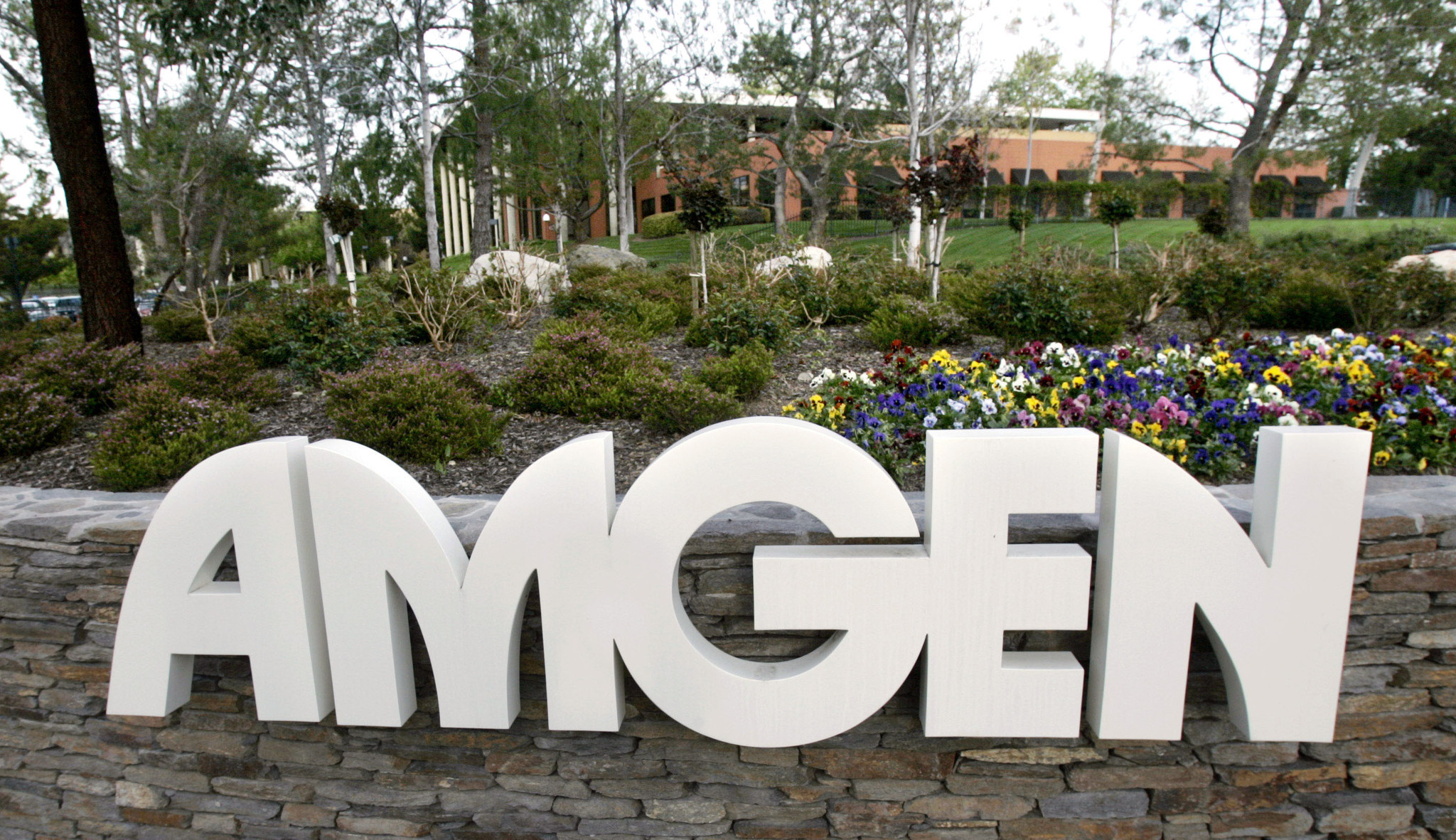by Gary Paulin, Chief Investment Strategist, International, Northern Trust
KEY POINTS
- What it is - We examine the key facts about this bull market, and whether they support elevated valuations.
- Why it matters - Skepticism persists among some investors, even as markets hover near highs.
- Where it's going - Strong corporate cash flow, profit growth and corporate balance sheets support the case for the rally to continue.
The Weekender is my bi-weekly take on macro shifts and emerging themes. It’s not investment advice — or even our firm’s official view. I aim simply to inform, challenge, and maybe entertain. If you’d like this in your inbox every other Saturday morning via Northern Trust, subscribe to The Weekender.
Clarity in Chaos
In times of uncertainty — whether in sport or in markets — the ability to separate fact from feeling — or ideology — is critical. This principle applies across leadership, investing and even today’s AI-driven economy.
Recently, I had the privilege of meeting one of New Zealand’s rugby greats, former All Blacks Captain Richie McCaw — a back-to-back Rugby World Cup-winning leader with an 89% win record. At a leadership conference in our Chicago office, McCaw was asked how he stayed calm under pressure. His answer? Separate facts from feelings. Under stress, our minds create stories; focusing on facts brings calm, unlocks solutions and delivers clarity in chaos.
The greats of investing echo this wisdom. Peter Lynch spoke of “returning to fundamentals” during the 1987 crash, Charlie Munger warned how ideology could “distort cognition” and Warren Buffett advised “mastering emotions to master the market.” Those lessons feel timely amid today’s emotionally charged talk of “bubbles and bailouts.” Perhaps it’s time to refocus — on facts, not feelings.
Facts, Not Feelings
Skepticism is rarely the dominant feeling at market peaks. Euphoria — or “a mass escape from reality,” according to economist J.K. Galbraith — is more common. Yet today, deep skepticism persists even as markets hover near highs and as Warren Buffett steps in (see Berkshire Hathaway’s recent Alphabet purchase). That’s unusual.
As we noted in Beyond the Bubble, today’s market differs in many ways from the dot-com era. While some issues concern us, index quality is higher: tech companies boast stronger margins, better free cash flow and valuations that look less stretched after adjusting for profitability. Still, as bull markets mature, dispersion rises. Pullbacks — like the recent one — remind us that selectivity matters more than ever. This doesn’t mean the rally is over, but that markets are becoming more discerning. Take Oracle, recently punished over leverage concerns and counterparty risks tied to OpenAI. Credit default spreads for Oracle and CoreWeave widened sharply (+100 basis points and +600 basis points) versus their larger peers. But are these fears justified?
Residual Value
Leverage matters when collateral values fall or debt serviceability weakens. Yet the useful life of a data center extends far beyond the chips inside. High-end chips depreciate quickly (around three years), but data center buildings last 10–15 years before major upgrades are needed. Bernstein research suggests graphics processing unit (GPU) depreciation fears may also be overstated; older GPUs can still operate with cash costs below rental rates, supporting margins and financing even after 5-6 years. Nvidia has confirmed demand still outstrips supply, while Google reports seven- and eight-year-old tensor processing units (TPUs) running at full utilization.
Yes, leverage risk rises if residual values collapse — as in 2007 — but that’s not the case today, at least it isn’t yet. That and cash flow for major spenders is growing. That’s a fact worth noting.
Illiquidity Distortions
With many AI leaders still private (OpenAI, Anthropic), hedging activity can concentrate in a few public instruments. Therefore, with limited liquid credit hedges available, concentration risk can emerge (sounds familiar) and markets can distort perceptions of value, and risk. Sometimes, the hedging itself shapes the reality—a reminder that risk can be as much about structure as fundamentals. As much about perception, as reality.
Fundamental Cash Flows
According to Goldman Sachs, AI-related capital expenditure accounts for less than 1% of U.S. gross domestic product (GDP)—far below the 2% seen during the dot-com boom. There is room for growth, they argue. Historically, tech booms featured companies spending over 100% of operational cash flow on capex. So far, most hyperscalers fund capex (plus dividends and buybacks) with operating cash flow, though some may choose to issue more debt for investments going forward. This seems prudent given some capex costs are backed by land, buildings, and grid connections—assets that retain value. Most hyperscalers have net debt-to-EBITDA (earnings before interest, taxes, depreciation and amortization) ratios below 0.5x, suggesting cashflow and balance sheet capacity are unlikely constraints as we enter 2026. Said differently, with analysts forecasting a significant deceleration in capex next year, could 2026 be another year where Wall Street remains behind the curve in terms of capex expansion. And GDP growth estimates?
Non-Consensus Outcomes
In recent client meetings, we examined U.S. growth tail risks for next year. With consensus projecting nominal growth around 4% (2% real + 2% inflation), we assessed recession (left-tail) versus reacceleration (right-tail) probabilities. While recession risk isn’t zero, it appears low; reacceleration is more likely. It’s difficult to have a consumer recession without an earnings recession, yet earnings are forecast to grow +10%. Consumers likely will benefit from large tax rebates, corporates from full expensing effects and both from reversal of tariffs or government shutdown impacts. Quantitative tightening (QT) is expected to soon end, freeing banking liquidity along with deregulation.
This comes amidst discussions on foreign direct investment (FDI), reshoring and of course the capex supercycle — where the full industrial, financial, political and entrepreneurial might of the U.S. has embarked on a “Manhattan Project 2.0” — the national effort to accelerate advanced generative AI development. Add a dovish Federal Reserve and possible rate cuts could revive rate-sensitive sectors like housing, unlocking stagnant parts of the economy. Notably, every new home built adds around three jobs and boosts labor mobility. Fixing housing can fix many things, including possibly “affordability” — a proven vote winner in recent U.S. elections. Something I doubt will be lost on the Republicans ahead of the mid-terms in November next year.
A Pivot to Main Street
If lower rates don’t help to improve affordability metrics, lower student debt or mortgage costs, then the administration may focus on younger and lower-income groups, themselves. After all, Baby Boomers are content (stocks near highs), farmers are happy (China trade deal), and Wall Street enjoys cheaper financing than mortgagees or students. It may be time to pivot to Main Street. Initiatives like 50-year mortgages, $2,000 payouts, lower food tariffs, talks of social housing programs, the Fed’s third mandate (long-term rate stability), or even the Fed’s emergency lending powers (Section 13[3]) could be invoked to reflect this shift. Whether they will — or even can — is unclear. But watch this space. I suspect things are about to get very interesting.
Energy: The Gating Constraint
We’ve said before: The scarcest resource in AI isn’t chips — it’s electrons. The U.S. administration is accelerating progress through loan guarantees, deregulation, and faster permitting. The Federal Energy Regulatory Commission (FERC) now aims to cut data center connection reviews from up to five years to 60 days! Meanwhile, market signals remain striking: the Philadelphia Semiconductor Sector Index (SOX) recently gained nearly half the value of all U.S. energy companies in five days.
Nvidia’s valuation exceeds twice the entire energy sector’s, even while generating less cash flow. CoreWeave plans $14 billion in capex this year and double that in 2026 — levels rivaling major oil companies like Shell. And the International Energy Agency’s annual outlook revealed data center investments will surpass oil and gas capex this year. Globally, shortages exist in energy, metals (silver, copper, uranium), and infrastructure, even as valuations trail end-market demand. Could this mark a pivot from ideas back to things? Perhaps scarcity — and value — lies as much in the material world as in the ethereal world of ideas. Gold may already be signaling that.
How Do We Feel About That?
Sometimes subtle, overlooked signals can reveal significant insights. Consider China, recently deemed “un-investable” by many. The 2025 Chicago Council Survey shows, for the first time since before Covid, a majority of Americans now prefer engagement over containment with China. The National Basketball Association has resumed relations with China after six years, and China’s softening rhetoric on Taiwan signals a shift toward peaceful integration. This evolving narrative — from conflict to commerce — could alter risk premia, just as diplomatic activity in the Middle East and Russia continues. While peace is not imminent, increased diplomacy will influence equity markets and perhaps challenge defense ETFs, which may struggle if progress continues. The facts may reveal surprises ahead, whatever we feel.
Closing Thought
Whether in sport or investing, clarity comes from facts — not feelings. The final arbiter is the scoreboard in sport, the price in markets. As we head into 2026, that principle may matter more than ever.
Have a great weekend.
Best,
Gary
*****
Meet Your Expert
Gary Paulin, Chief Investment Strategist, International, Northern Trust
Gary Paulin is chief investment strategist, international for Northern Trust Asset Management. He is responsible for developing and communicating the firm’s investment outlook across asset classes as well as producing investment analysis and thought leadership for the broader marketplace globally. To build out economic and market views, Gary regularly collaborates with the firm’s investment teams in equities, fixed income, multi-asset and alternatives.
Copyright © Northern Trust













